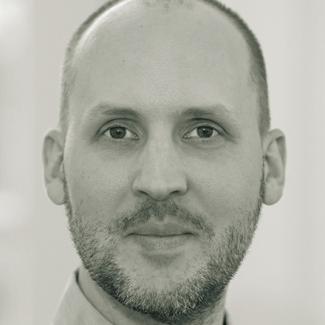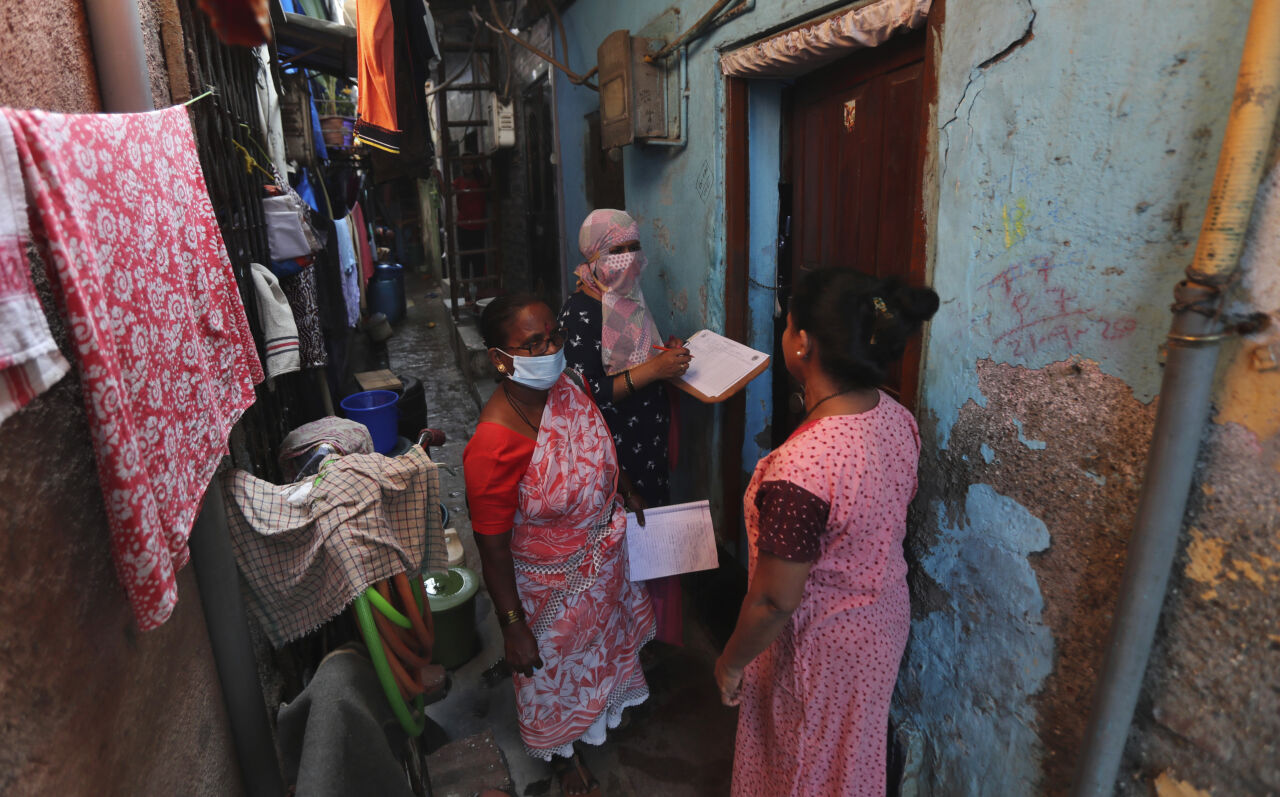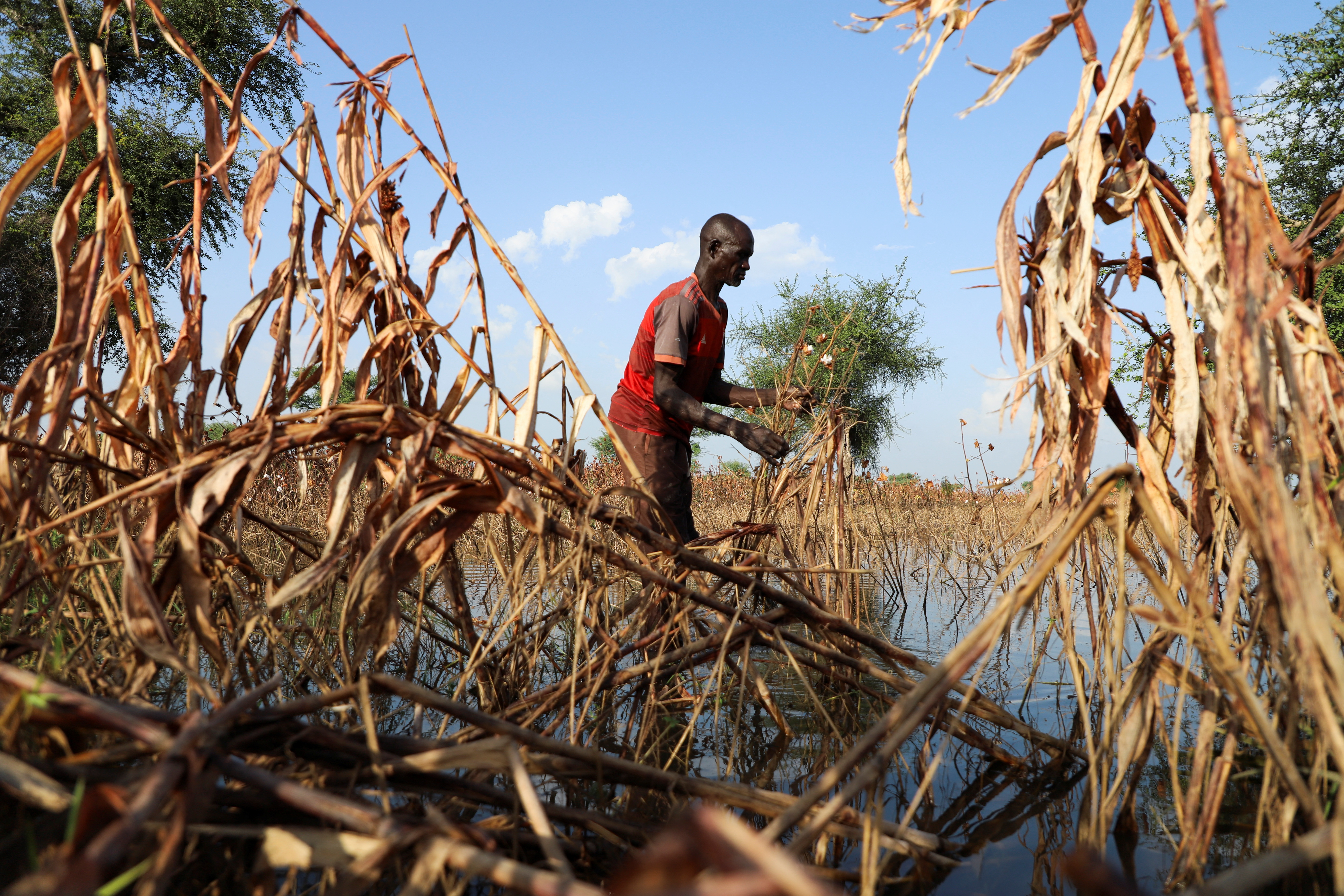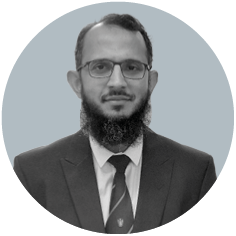Tuberculosis
When new medications lose their efficacy immediately
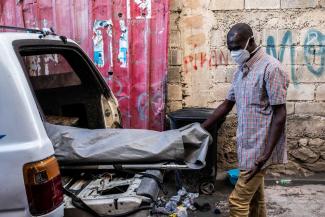
Tuberculosis (TB) is a bacterial infection that primarily manifests in the lungs and sometimes other organs as well. It is caused by pathogens of the Mycobacterium tuberculosis complex. Tuberculosis was called “consumption” in the past because symptoms include fever and weight loss in addition to severe coughing. The WHO estimates that about a quarter of the global population is infected with the tuberculosis bacterium. TB is spread through the aerosols of people with active infections, but only about five to 10 percent of those infected develop active TB in the course of their lives. The disease does not break out in the rest because the immune system can keep the pathogens in check.
According to the Global Tuberculosis Report by the WHO, over 10 million people worldwide fall ill with TB every year. In 2022, TB was the second leading cause of death from a single infectious agent, after Covid-19. In 2018, the UN held its first high-level meeting on TB. Since then, political commitment to end the TB epidemic has grown. A second UN meeting took place in 2023 following global progress in the fight against TB – but also setbacks, for example due to the coronavirus pandemic.
In principle, TB is treatable and curable, but treatment requires taking antibiotics for at least six months. Patients with antibiotic-resistant TB face even longer treatment – six to 18 months or longer, depending on the resistance – with medications that can sometimes cause severe side effects, like irreversible hearing loss or blindness. This treatment also costs significantly more.
Tuberculosis resistances as a global problem
Resistance is a combination of external influences and pathogen adaptation. External influences include treatment using just one drug (monotherapy), a lack of patient compliance and poor-quality medication. Unlike in other bacteria, resistance in Mycobacterium tuberculosis complex strains typically develops through spontaneous mutations in the genome of the bacterium. Monotherapy, for example, kills the original bacterial population, and the spontaneously formed, resistant bacteria can reproduce. Eventually the entire population is made up of resistant bacteria and the medication is no longer effective. Importantly, resistant and multi-drug resistant TB strains can be transmitted, leading to a multiplication of the resistance problem in various regions, such as Eastern Europe.
The fact that important medications do not work is a serious global problem. Particularly significant is resistance to rifampicin (RIF), the most effective medication. Rifampicin-resistant TB is abbreviated as “RR-TB”. If there is also resistance at least to the drug isoniazid, a patient is said to have “multidrug-resistant tuberculosis” (MDR-TB). There can also be resistances to other antibiotics.
Globally, an estimated 410,000 people fall ill with RR-TB or MDR-TB every year. India, the Philippines and Russia account for 42 % of these cases. Some African countries show concerning developments as well, including Mozambique.
Early diagnosis and appropriate treatment are the keys to slowing transmission of resistant strains and preventing the development of new resistances. The gold standard of drug-resistance testing is phenotypic testing, which involves monitoring bacterial growth under the influence of antibiotics in a laboratory. As Mycobacterium tuberculosis complex strains reproduce very slowly, these tests take up to six weeks. Molecular tests are faster; they can not only detect TB, but also predict RR-TB within a few hours. In general, however, these tests can only look for mutations in very limited parts of the genome. An analysis of the entire genome is more informative, but also very expensive and complex and therefore impossible to broadly implement at the moment.
Fighting disease and stigmatisation
At the medical level, it is vital to ensure improved diagnostic procedures and the consistent and correct application of antibiotic treatments. In order for patients to access these services, local health centres need to be strengthened, particularly in rural areas. Since medications need to be taken for a long time, close contact between healthcare professionals and patients is essential to the success of the treatment. Moreover, monitoring and reporting systems should be expanded in order to accurately record TB cases and take early measures to break the chain of infection.
At the political level, investments in health infrastructure and overcoming poverty are indispensable preconditions for reducing the number of new infections. Migration and mobility make it necessary to not only monitor the spread of TB at the national level, but also analyse cross-border spread and break infection chains. Social measures like education campaigns to prevent stigmatisation of sick people and their families can also be part of the solution.
Target 3.3 of the UN’s 17 Sustainable Development Goals (SDGs) calls for an end to epidemics like HIV/AIDS, TB, malaria and neglected tropical diseases by 2030. This can only be achieved through a holistic strategy that combines medical, health policy and economic aspects.
Link
WHO, 2023: Global Tuberculosis Report 2023.
https://www.who.int/teams/global-tuberculosis-programme/tb-reports/global-tuberculosis-report-2023
Viola Dreyer is a research associate in the Molecular and Experimental Mycobacteriology research group at the Research Center Borstel, Leibniz Lung Center.
vdreyer@fz-borstel.de
Christian Utpatel is a research associate in the same research group.
cutpatel@fz-borstel.de
Christiane Gerlach is a scientific project manager and deputy group leader in the same research group.
cgerlach@fz-borstel.de
Stefan Niemann is group leader of the aforementioned research group and director of the Priority Research Area Infections at the Research Center Borstel, Leibniz Lung Center.

